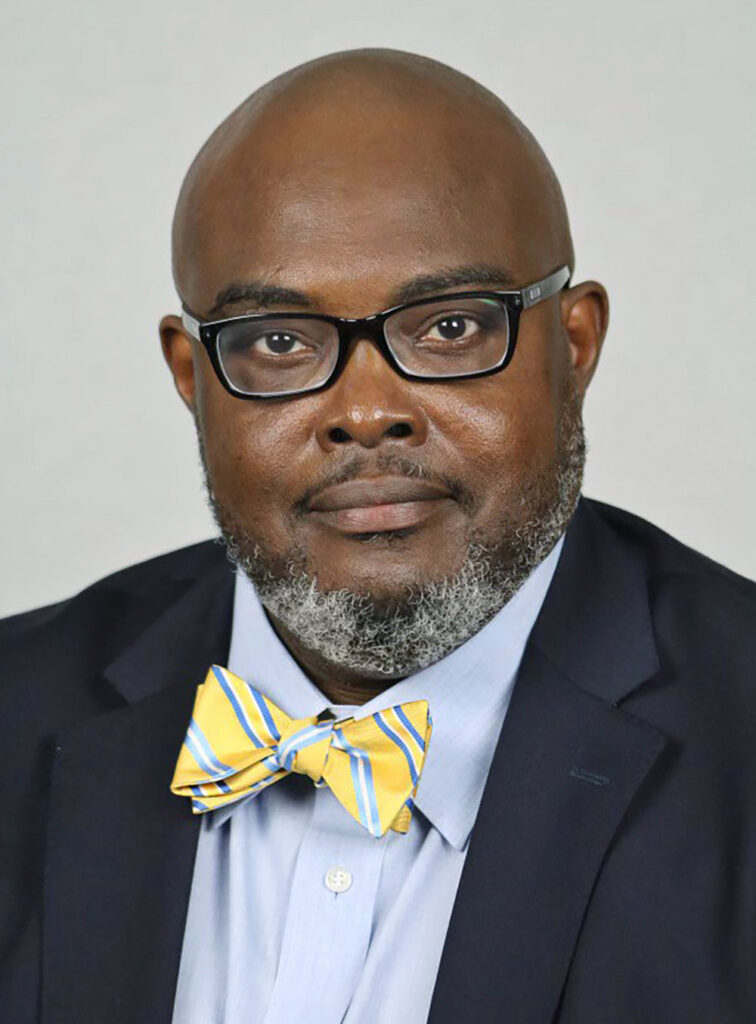October 2021 – The Journal of Healthcare Contracting

Editor’s Note: Darrick Adams, Director of Non-Acute Supply Chain for AdventHealth, recently spoke to The Journal of Healthcare Contracting for a Q&A podcast about the non-acute space, the supply chain and the evolving roles of supply chain leaders in healthcare. He highlighted key insights that have helped AdventHealth in the non-acute supply chain space.
1. The expanding role of supply chain leaders
Darrick Adams, Director of Non-Acute Supply Chain, AdventHealth: I came on board at AdventHealth in February 2019. One of the things that attracted me to the job was it was solely focused on non-acute. Not every health system has that position. Coming in and establishing my credibility with the group helped set us up for success. Meeting everybody and getting them to understand A) what my role was, B) what my experience was and C) how we can help mold the future of non-acute healthcare for AdventHealth together was important.
Throughout my time here – whether it’s been working on formularies or battling hoarding and other issues during the pandemic – I think we’ve done a good job of setting ourselves up well for the future.
2. Integrating acute and non-acute care strategies in a more clinically integrated system
Adams: Starting with our med-surg formulary work, I think the success we achieved during that project helped us understand what the needs of our health system are and how our goals can be met with a more clinically integrated approach. We tried to standardize non-acute to what the acute care facilities are using at AdventHealth. Our distributor McKesson helped us reach those goals and they also got an opportunity to see us in that setting, working on the med-surg formulary, and how we standardized non-acute to acute, which they could use in other settings.
In times like the pandemic, it’s crucial for everyone to utilize the same products. If products are on allocation or back-ordered, then we can go to our warehouse and pull from there because we’re utilizing the same products. That standardization has helped us see a path, not only in the med-surg space but also in the lab space, the Rx space and the minor equipment space. As we move forward this year, we have projects coming up in lab and Rx, specifically, in which we will mirror those same standardization practices on the acute care side – where they make sense – so that we can become a more clinically integrated system.
3. Proof of concept
Adams: Our work on the med-surg formulary provided a proof of concept that was easy to take to other parts of the organization. It helped them realize we have a process that looks at different product categories and gets the right people in the conversations. Involving all levels of our medical groups in the non-acute space is important.
We have 16 medical groups. Any time that we’re having these conversations around product category and formulary standardization, we invite them to the table. To get that synergistic feeling we’re seeking, we must have people that are invested. Any time those people get involved and are at the table, the investment is there. In turn, it usually makes for great conversations and insures something will stand the test of time when our work is reviewed.
4. Leading change through stakeholder alignment
Adams: As soon as the pandemic hit, it was all hands on deck. Everyone was working for the same cause – to make sure that we didn’t have any disruptions to patient care. Whether it was me, being responsible for products across various locations to keep the doors open, or our strategic sourcing teams and distribution partners like McKesson, looking for products and making phone calls all over the world, everyone worked so well together. We didn’t have any interruptions. That says a lot about our leadership and strategic partnerships.
We had new leadership in July 2019. Marisa Farabaugh did an excellent job of making sure that we were aligned. The leadership she provided allowed us to make sure we didn’t have interruptions in our healthcare segments. That says a lot, not only about the leadership in our organization, but also the people who are involved in making sure we provide excellent patient care.
